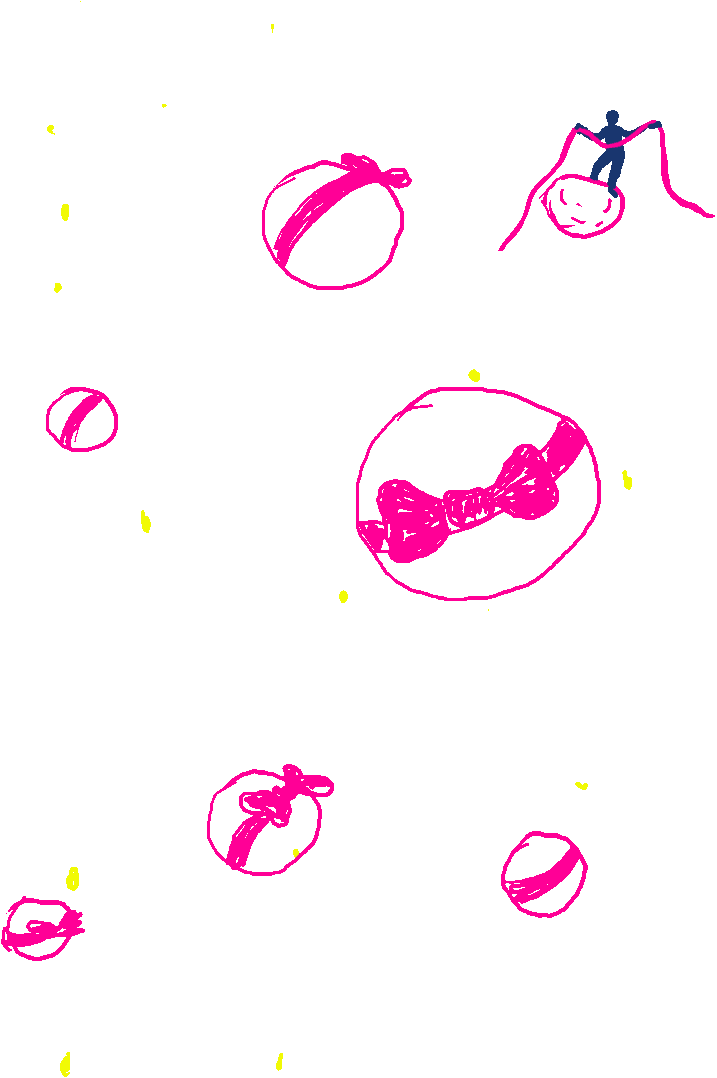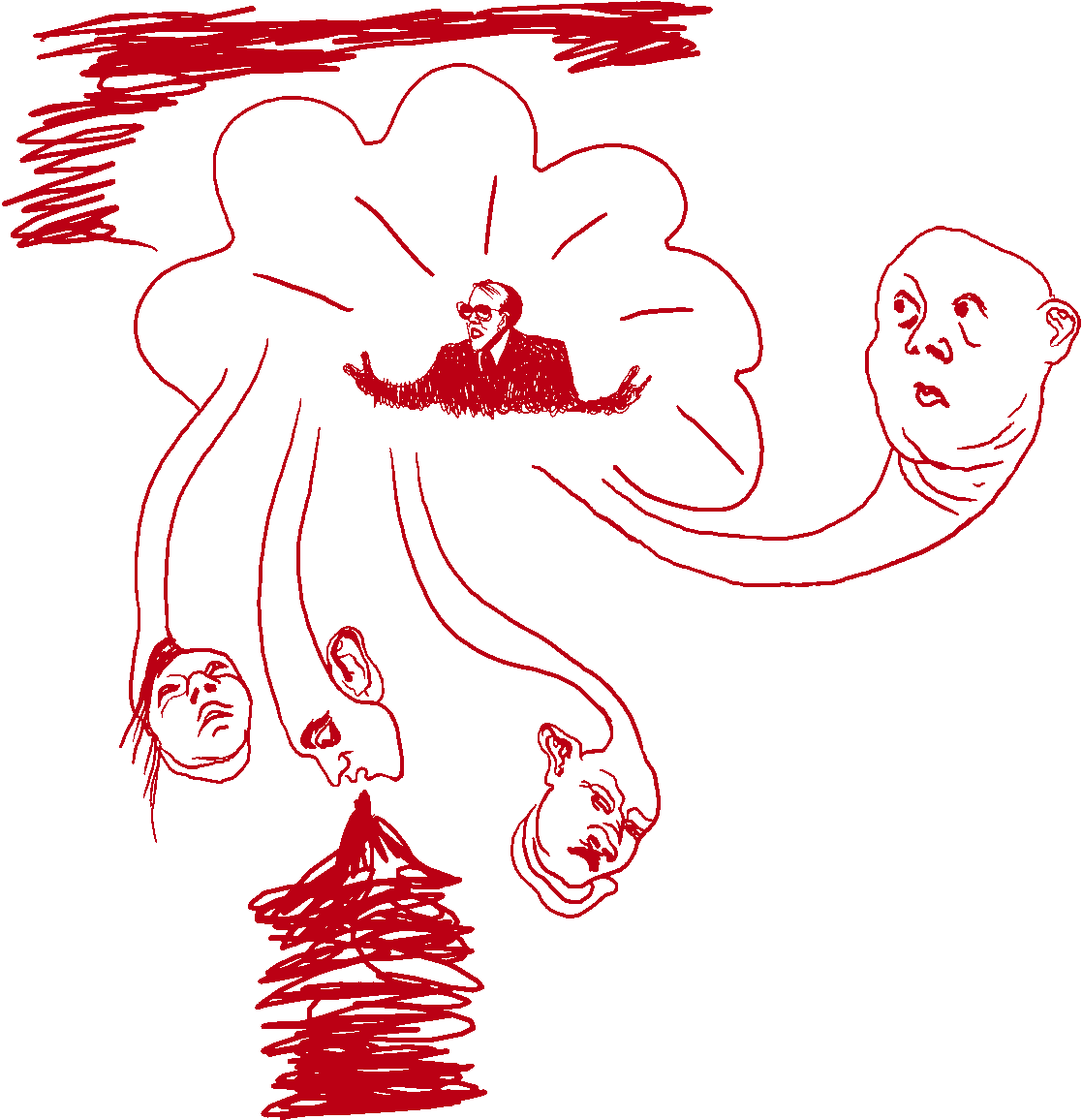The moon shone a dramatic red Thursday evening into Friday morning, as it passed into Earth's shadow during a total lunar eclipse.
A lunar eclipse occurs when Earth is between the sun and moon, and the three celestial objects line up in a nearly perfect row in an alignment called syzygy. When the moon is within the darkest part of Earth’s shadow, faint sunbeams sneak around the shadow’s edges on all sides in the colors of a sunset, bathing the moon in reddish hues. This has led to the nickname “blood moon” for a lunar eclipse.
Total lunar eclipses always occur during the full moon, and in this case, it’s during March’s worm moon. March’s full moon is also considered to be a micromoon, which occurs when the moon is at its greatest distance from Earth and appears about 7% smaller than a typical full moon, according to EarthSky.
















